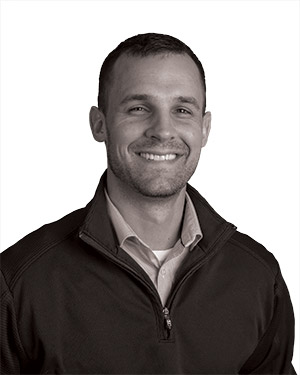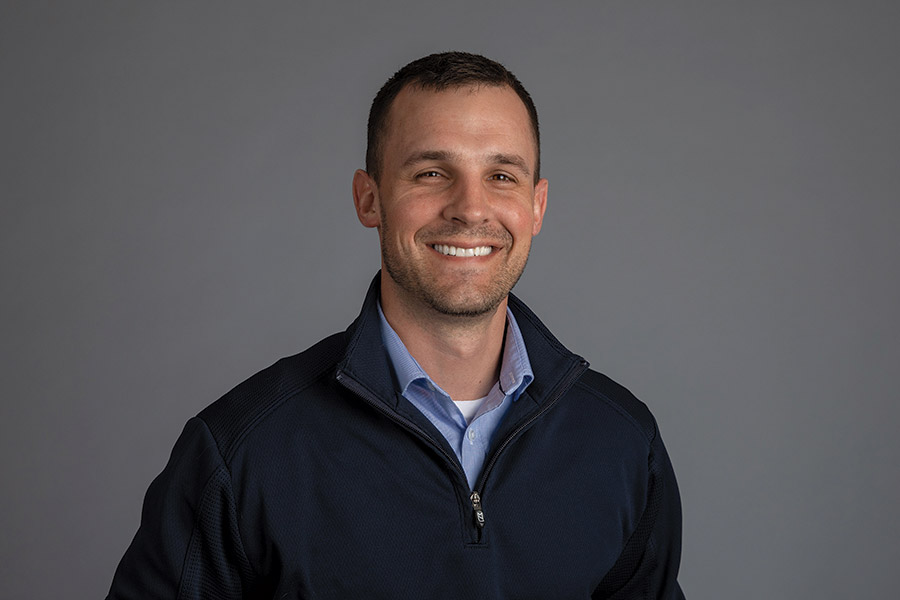ENR 2024 Top 25 Newsmakers
Jordan Carrier: Assembled an Expert Team and Led its Installation of More Than a Mile of Pipe Under a Busy Shipping Channel

Carrier led a team that pulled 5,700 ft of large bore HDPE pipe under a shipping channel in Virginia’s James River during a continuous operation that lasted more than a day.
Photo courtesy Garney Construction

Related Article:
Crews Complete Mile-Plus Pipepull Under Virginia's James River
Back to:
25 Top Newsmakers
As executive vice president of Garney Construction’s eastern U.S. pipeline operations, Jordan Carrier helmed a team that pushed the limits of trenchless construction by conducting a 5,700-ft horizontal directional drill to install 42-in.-dia HDPE pipe for a wastewater force main under a busy shipping channel in Virginia.
The pipe pullback operation under the James River between Newport News and Suffolk, Va., lasted more than 24 hours.
Developing the plan was a key part of the team’s efforts while pursuing the design-build contract with the owner, Hampton Roads Sanitation District (HRSD), Carrier says. He assembled a team with lead engineer Dewberry and a mix of firms offering expertise in marine work, trenchless construction, horizontal directional drilling capability and local knowledge of the waters where they would be working. Together, Carrier says they refined the proposal into “a constructible, permit-ready project” to present to the client.
“We really touted during the pursuit that we’re ready to go,” he says. “We’re essentially at a 30% design. We have something that can be built.”

Photo courtesy Garney Construction
Lauren Zuravnsky, director of design and construction for HRSD’s Sustainable Water Initiative for Tomorrow (SWIFT) program, which includes the James River crossing, says she initially had some concerns about risk with the proposal, but Carrier and his team were confident in their ability to deliver, which presented an opportunity for cost and schedule savings.
“Not all the teams we interviewed thought it was possible,” Zuravnsky says. “They were confident, and we decided to trust their confidence.”
Plus, Carrier has been up front when dealing with challenges and reaching a solution, and has been accommodating for HRSD’s goals and its efforts to build relationships with state officials, she adds.
The success of the operation, which was conducted last May, exemplifies two of Carrier’s key qualities as a leader, according to Matt Foster, president of pipe operations at Garney. He calls carrier a “very focused, very driven” manager who can execute projects, but who also has a rare sense of creativity along with the gumption to make innovative ideas real.
“I don’t see him scared of anything,” Foster says. “I think he’s cautious, but he doesn’t mind exploring new things.”
Carrier was responsible for bringing real-time underground utility detection technology maker RodRadar to Garney. In the first six weeks of the first project during which Carrier’s team used RodRadar equipment, Foster says it helped crews avoid hitting eight utility lines that each would have forced costly work shutdowns. The contractor is now working with the company to develop larger bucket models for excavators.
“Our founder always wanted us to be on the cutting edge of technology,” Foster says. “Jordan’s taken us there.”
The James River crossing is part of a larger set of work for HRSD’s Boat Harbor Treatment Plant Conversion and Transmission program, which involves rebuilding a treatment plant into a pump station to send wastewater for treatment in Suffolk.Garney has multiple contracts on the program.
Work on the river crossing is still underway. Crews are installing pipe in a marine-trench section outside of the shipping channel, and also working on the land portion of the pipeline.
Looking forward, Carrier anticipates continuing to push what can be done with trenchless work on future projects as technology continues to improve.
“We can drill trenchlessly from on land, in this project’s case, go 150-ish feet below the surface of the water, and hit exactly where we want 5,700 feet later,” Carrier says. “From a precision and accuracy standpoint, it’s pretty impressive, and I think that’ll continue to improve.”




